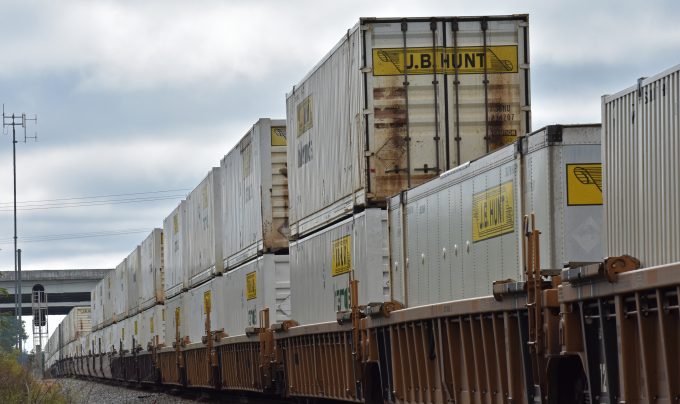Affordable delivery in space is where the profit will be mined
Where NASA failed…

After a disappointing 2022, intermodal heavyweight JB Hunt is resigned to a flat first quarter – but hopes for a revival in the spring, citing positive signals from clients.
However, the intermodal market in the US is facing serious headwinds, which may not dissipate until much ...


Comment on this article